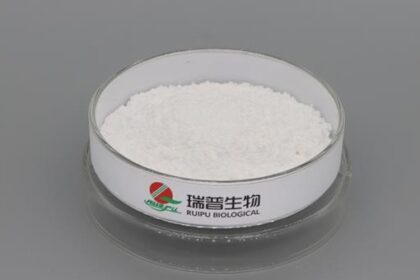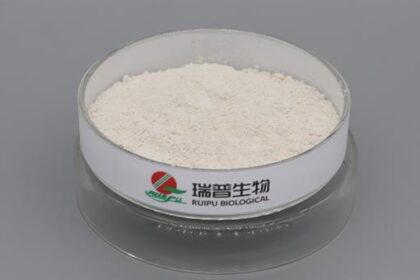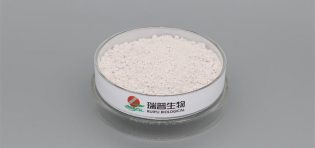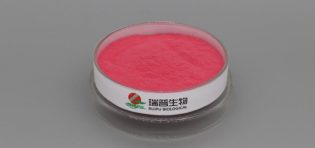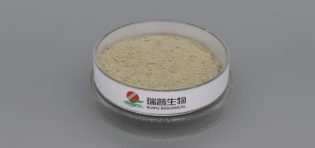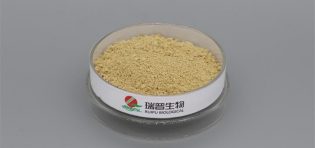
Setting the price for calcium lactate gluconate involves considering various factors related to production, market demand, and your business objectives.Here are steps and factors to consider when determining the price for this ingredient:
1. Cost Analysis:
Calculate the production cost, which includes expenses such as raw materials, labor, equipment, utilities, quality control, and overhead.
Consider economies of scale.Larger production volumes may lead to lower per-unit production costs.
2. Market Research:
Analyze the current market conditions, including demand and supply dynamics, competitor pricing, and trends.
Identify the pricing strategies of competitors offering similar calcium lactate gluconate products.
3. Value Proposition:
Determine the unique selling points of your product, such as higher quality, purity, or innovative formulations, and assess how these features affect the perceived value.
4. Pricing Strategy:
Choose a pricing strategy that aligns with your business goals.Common strategies include cost-plus pricing, market-based pricing, value-based pricing, and skimming or penetration pricing.
Consider whether you want to position your product as premium, competitive, or value-oriented.
5. Customer Segmentation:
Segment your target market based on factors like industry, application, and geographic location.
Assess the price sensitivity of different customer segments and adjust your pricing accordingly.
6. Price Elasticity:
Understand the price elasticity of demand for calcium lactate gluconate in your target market. Elastic demand means changes in price significantly impact demand, while inelastic demand implies price changes have a less pronounced effect.
7. Pricing Models:
Explore different pricing models, such as one-time sales, subscription pricing, bulk discounts, or tiered pricing for varying quantities.
8. Promotions and Discounts:
Consider periodic promotions, volume discounts, or loyalty programs to incentivize larger orders or repeat business.
9. Regulatory Compliance:
Ensure that your pricing complies with local and international regulations and does not violate antitrust or competition laws.
10. Profit Margin:
Set a target profit margin that allows your business to cover costs, generate profits, and reinvest in growth while remaining competitive in the market.
11. Flexibility:
Be prepared to adjust your pricing strategy based on changing market conditions, customer feedback, and shifts in production costs.
12. Communication:
Communicate your pricing clearly to customers, highlighting the value and benefits of your calcium lactate gluconate product.
13. Competitive Analysis:
Continuously monitor the pricing strategies of competitors and be ready to adapt to remain competitive.
Pricing is not static and may need to be adjusted over time.Regularly review your pricing strategy and market conditions to ensure that your prices remain competitive and aligned with your business objectives.


